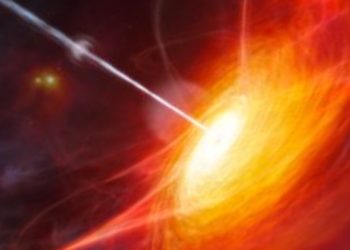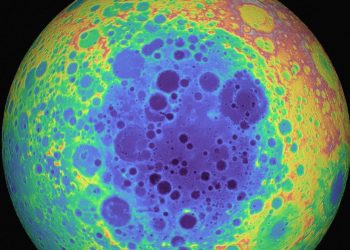QUICK FACTS
What is this : NGC 6000, a spiral galaxy
Where it is: 102 million light years away in the constellation Scorpius
When it was shared: September 29, 2025
Here’s a story for the ages – or maybe a story of the ages.
Yellow tells the story of the center of NGC 6000, where the stars are old, small and relatively cool. These stars have been shining for billions of years. In astronomy, cool stars are red, while hotter stars are blue. These dominate the outskirts of this galaxy, where its spiral arms are filled with younger, hotter and larger stars. These stars are cosmic newborns.
The image, which is also available as panoramic videowas produced while Hubble was searching for supernova explosions – hence the incomplete framing. The aging space telescope was targeting the faint glow of supernovas called SN 2007ch and SN 2010as, stars that exploded in 2007 and 2010, respectively.
However, when photographing NGC 6000, Hubble also captured something completely different. Look to the right side of the image and you can see four faint broken lines – the trajectory of an asteroid that drifted across Hubble’s field of view when taking four long-exposure images of NGC 6000. The broken lines are red and blue because Hubble used red and blue filters to collect visible light, making it easier for astronomers to compare stars by their colors.
Although it is in the constellation Scorpius, visible in summer from the northern hemisphere, NGC 6000 lies south of the celestial equator, according to The sky live. This means it is more easily visible from the southern hemisphere. However, to see it, you need at least a 10-inch aperture telescope and dark skies.
For more sublime space images, check out our Archives of space photo of the week.









